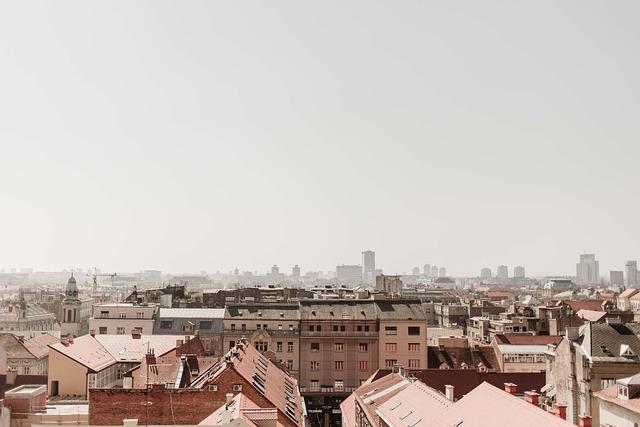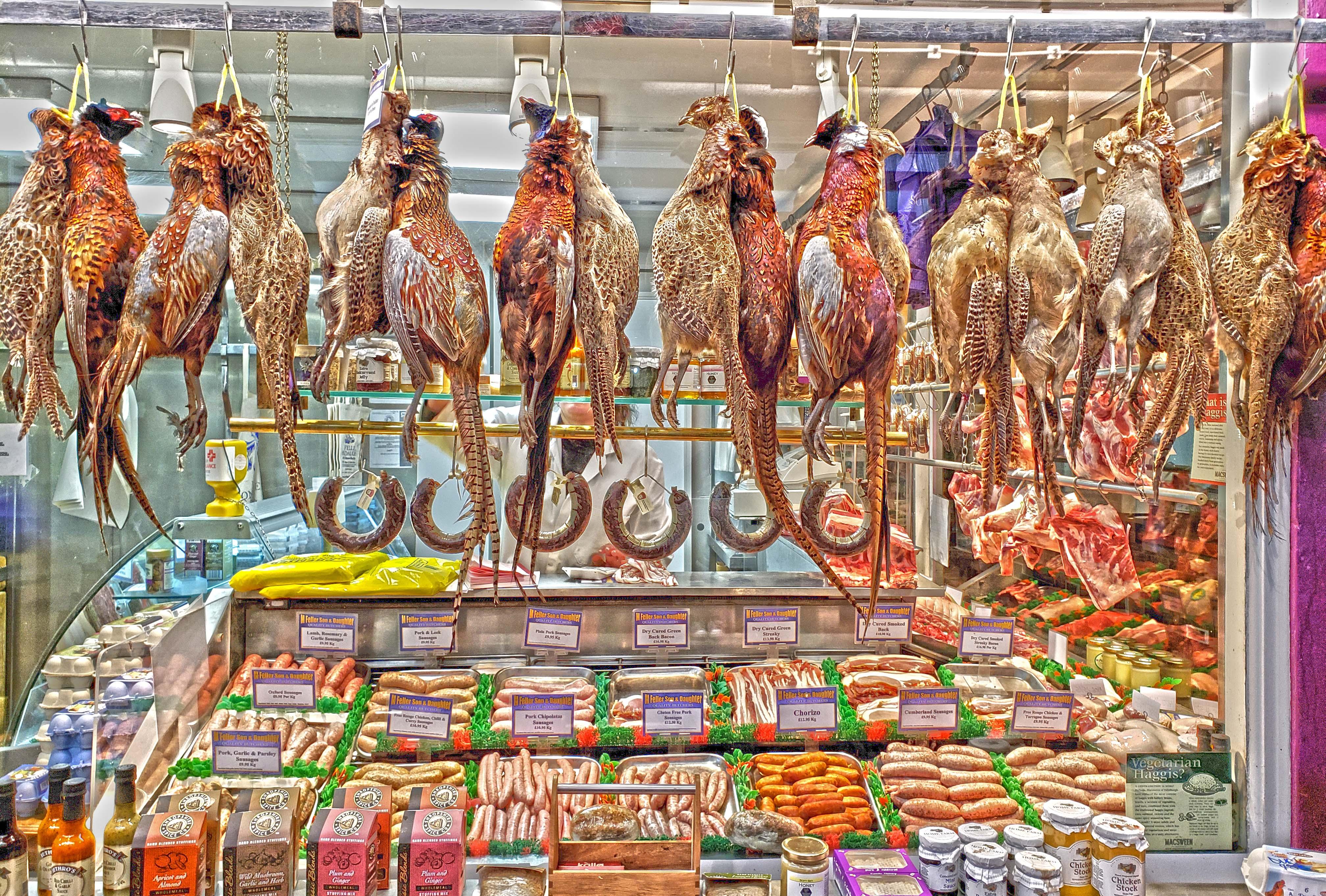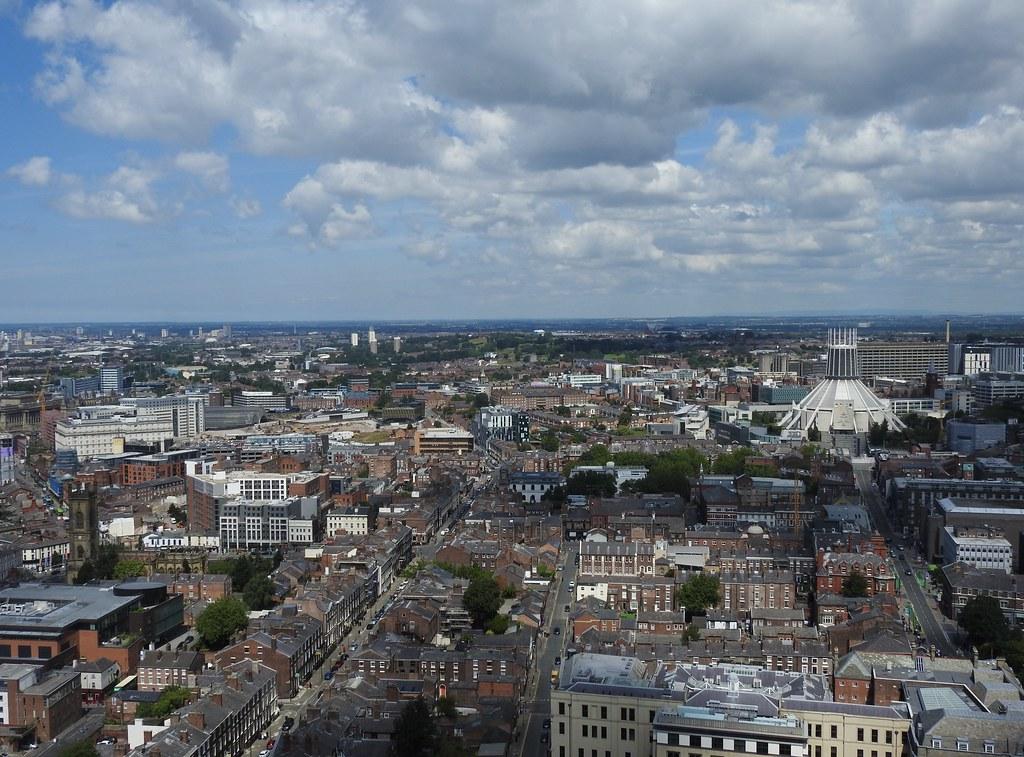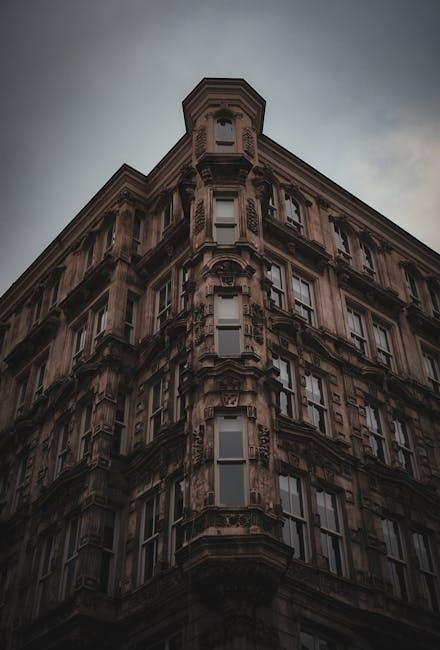In the winding cobblestone streets of Florence, where echoes of the Renaissance whisper through every archway, a Starbucks sign gleams in the afternoon sun. A few hundred miles away, in the shadow of the Eiffel Tower, a fast-fashion giant unveils its latest collection, casting doubt on the future of haute couture. Across Europe, the confluence of history and modernity is more palpable than ever, as globalization weaves a complex tapestry of change. This article delves into the heart of the continent’s cities, exploring whether the cultural identities that have long defined them are being overshadowed by the relentless march of global influences. Through the lens of architecture, cuisine, and local customs, we examine the balance between preserving the unique spirit of European cities and embracing the opportunities brought by an interconnected world.
Cultural Fusion or Dilution Exploring the Impact of Global Trends on Local Traditions
European cities, long celebrated for their unique cultural tapestries, now find themselves at a crossroads where the vibrant hues of local traditions encounter the monochromatic shades of globalization. As international brands and fast-paced technological advancements weave themselves into the urban fabric, some fear the erosion of distinct cultural identities. Yet, this intersection of global and local can also be a dynamic space for cultural fusion, where new forms of art, cuisine, and social practices emerge, blending the old with the new in innovative ways.
- Preservation of Heritage: Initiatives to protect historical landmarks and promote traditional crafts are gaining momentum, ensuring that the essence of the past remains intact amidst change.
- Rise of Global Influence: The proliferation of international franchises and digital media often results in a homogenized cityscape, making it challenging to maintain a distinct local flavor.
- Creative Adaptation: Cities like Berlin and Barcelona showcase how local artists and entrepreneurs are embracing global trends to reinvent cultural expressions, offering a fresh take on traditional narratives.
In this dance of fusion and dilution, European cities stand as living canvases, where the brushstrokes of globalization and tradition continuously redefine the urban experience. The key lies in balancing these forces, ensuring that the rich legacy of the past harmoniously coexists with the innovations of the present.
Architectural Homogenization The Struggle to Preserve Unique Urban Landscapes
In the bustling streets of many European cities, one might notice a growing sense of uniformity that seems to permeate their once-distinctive skylines. This transformation is often attributed to globalization, a force that, while connecting the world, also brings with it the challenge of preserving local identity. As cities expand and modernize, the unique architectural features that once set them apart are increasingly overshadowed by the ubiquitous glass-and-steel structures emblematic of global urban development.
Challenges faced by European cities include:
- Economic Pressures: As urban areas strive to attract international business, there’s a push towards modern infrastructure, often at the expense of traditional styles.
- Tourism: While tourism can bolster local economies, it can also lead to a demand for standardized accommodations and attractions, diluting local character.
- Regulatory Hurdles: Preservation efforts can be stymied by complex regulations that favor new development over the conservation of historical architecture.
Efforts to counteract this trend are underway, as many cities strive to strike a balance between embracing modernity and preserving their cultural heritage. This includes initiatives to support local artisans, restoration projects, and community-driven planning. By prioritizing these elements, cities can maintain their unique identities even as they continue to evolve in an interconnected world.

The Role of Policy Makers in Safeguarding Heritage Amid Global Pressures
In the face of globalization, the influence of policy makers in protecting the unique cultural tapestry of European cities is paramount. These leaders have the capacity to implement strategies that ensure the preservation of local traditions and historical landmarks, which are often at risk of being overshadowed by international trends. By establishing stringent regulations and providing incentives for the maintenance of cultural sites, policy makers can create a balance between modern development and heritage conservation.
To effectively safeguard heritage, policy makers can focus on several key actions:
- Encouraging Community Involvement: Engaging local communities in the preservation process can help foster a sense of ownership and pride, ensuring that cultural identity remains a living, breathing part of daily life.
- Promoting Sustainable Tourism: By regulating tourist activities and promoting responsible travel, cities can protect their historical sites from the wear and tear of excessive tourism.
- Supporting Cultural Education: Investing in educational programs that emphasize the importance of cultural heritage can instill appreciation and awareness among younger generations.

Revitalizing Authenticity Strategies for Cities to Retain Their Unique Character
In the quest to preserve their distinctive charm amidst the tide of globalization, cities across Europe are embarking on a journey to redefine and bolster their authenticity strategies. The challenge lies in striking a balance between embracing modernity and safeguarding the cultural essence that defines their identity. This involves engaging local communities, fostering cultural innovation, and nurturing unique architectural styles. Here are some key strategies:
- Community Engagement: Involving local residents in decision-making processes ensures that developments reflect the community’s values and heritage.
- Cultural Innovation: Encouraging contemporary art and cultural events that draw inspiration from the city’s historical context can invigorate local traditions.
- Architectural Preservation: Protecting and restoring historical buildings while allowing for modern architectural expression maintains a city’s visual narrative.
- Local Entrepreneurship: Supporting local businesses and artisans helps sustain the unique economic landscape and promotes the city’s individual character.
By adopting these strategies, European cities can retain their unique character, ensuring that the spirit of their past continues to thrive in the bustling heart of the present.
Insights and Conclusions
As the sun sets over the cobblestone streets and modern skylines of Europe’s cities, the question of identity in an era of globalization remains both a challenge and an opportunity. Each city, with its unique tapestry of history, culture, and innovation, stands at a crossroads, where the old world meets the new. The evolution of these urban landscapes tells a story of resilience and adaptation, as they strive to maintain their distinctive character amidst a rapidly changing global backdrop.
Yet, the essence of a city’s identity is not solely in its architecture or traditions but in the spirit of its people—those who walk its streets, speak its languages, and live its paradoxes. As globalization continues to weave its intricate web, European cities are not just passive canvases but active participants in shaping their own narratives. They hold the power to redefine what it means to be authentically European, blending the past with the present to create a future that honors both.
In this delicate balance between preservation and progress, European cities offer a living dialogue, inviting us all to reflect on our place in a world that grows more interconnected each day. The question, then, is not whether these cities are losing their identity, but how they are choosing to express it anew. And perhaps, in that expression, lies the true heart of what it means to belong—to a city, a continent, and a shared global community.
































